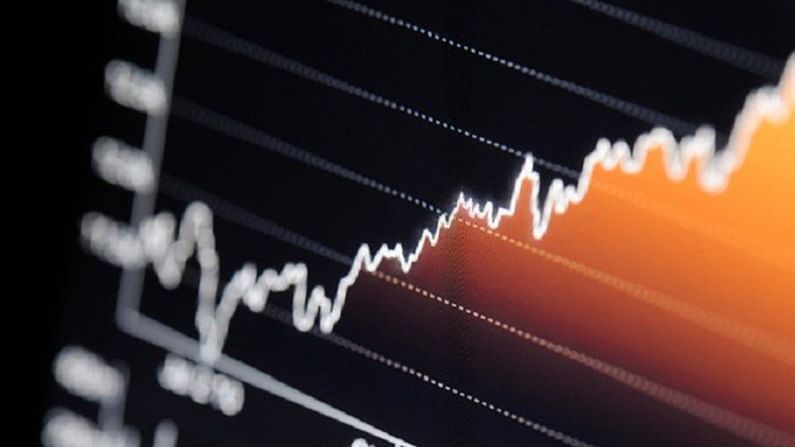India's market cap-to-GDP ratio indicates steep valuations, should investors worry?
India’s market cap-to-GDP ratio has moved from 56% in FY20 GDP and now stands at 106% (FY21E GDP) which is way above its long-term average of 75%

India’s market capitalization-to-GDP ratio has shot up over 100 and stands at over 15-year high. This also indicates that valuation of Indian stock markets may be turning expensive, raising concerns of a correction.
India’s market cap-to-GDP ratio has moved from 56% in FY20 GDP and now stands at 106% (FY21E GDP) which is way above its long-term average of 75%, suggest a recent report by Motilal Oswal Financial Services.
Market capitalization-to-GDP ratio is used to determine whether an overall market is undervalued or overvalued compared to a historical average. The ratio is also known as the Buffett Indicator—after investor Warren Buffett, who popularized its use.
According to the indicator, if the valuation ratio falls between 50% and 75%, the market is said to be modestly undervalued. The market is considered fair valued if the ratio falls between 75% and 90%, and modestly overvalued if it falls within the range of 90 and 115%. The formula and calculation of the market capitalization-to-GDP ratio = Market Cap/ GDP * 100
“Globally, stimulus given in response to covid19 has injected a lot of cheap liquidity which is looking for avenues and may have found its way here. Secondly, the India story is still intact and investors know that India bounces back strongly from a crisis. Lastly, the equity markets are forward-looking and they are looking at a post covid scenario,” Dhiraj Nayyar, Chief Economist at Vedanta said.
A Global Comparison
According to reports by Motilal Oswal Financial Services, on the back of sustained optimism and inflow of money (both local and global), India’s market cap to GDP ratio is around 1.1x while its long-term average is around 0.75x. Relatively, the current ratio in the USA is closer to 2x and other developed countries have a ratio of 1.4 to 1.8x and China’s market cap to GDP ratio is at 0.71x.
Should investors be worried about overvaluation?
Independent analyst and market expert, Ambareesh Baliga has expressed concern. “The GDP projected growth is being revised downwards – from around 13% to 8%-9%. However, looking at the extension of restriction across most states, I will not be surprised if there is a further downward revision on 7% or lower. Second, we may not witness the pent-up demand like last year as emotional damage is deeper and wider this time and people would be fearing the third wave. As Q1FY22 earnings too will slow down, I don’t see how we can sustain at such a high market cap to GDP. The correction could be sharp.”
Ashish Chauhan, MD & CEO, BSE, on the other hand, spoke to Money9 in an exclusive interaction on the occasion of BSE firms hitting a $3 trillion market cap and said, “Market capitalisation to GDP for India today is around 112 which is way above the average but what happens is that market capitalisation changes every second but GDP numbers also come once in a year and that too with a lag. Last year being Covid year and this year too there have been lockdowns and therefore we think the GDP has fallen but the market does not think so. When we will see the GDP numbers of March 2022, you will notice that this 112 ratio currently may not be correct because 112 is with the GDP numbers which have come with a lag.”